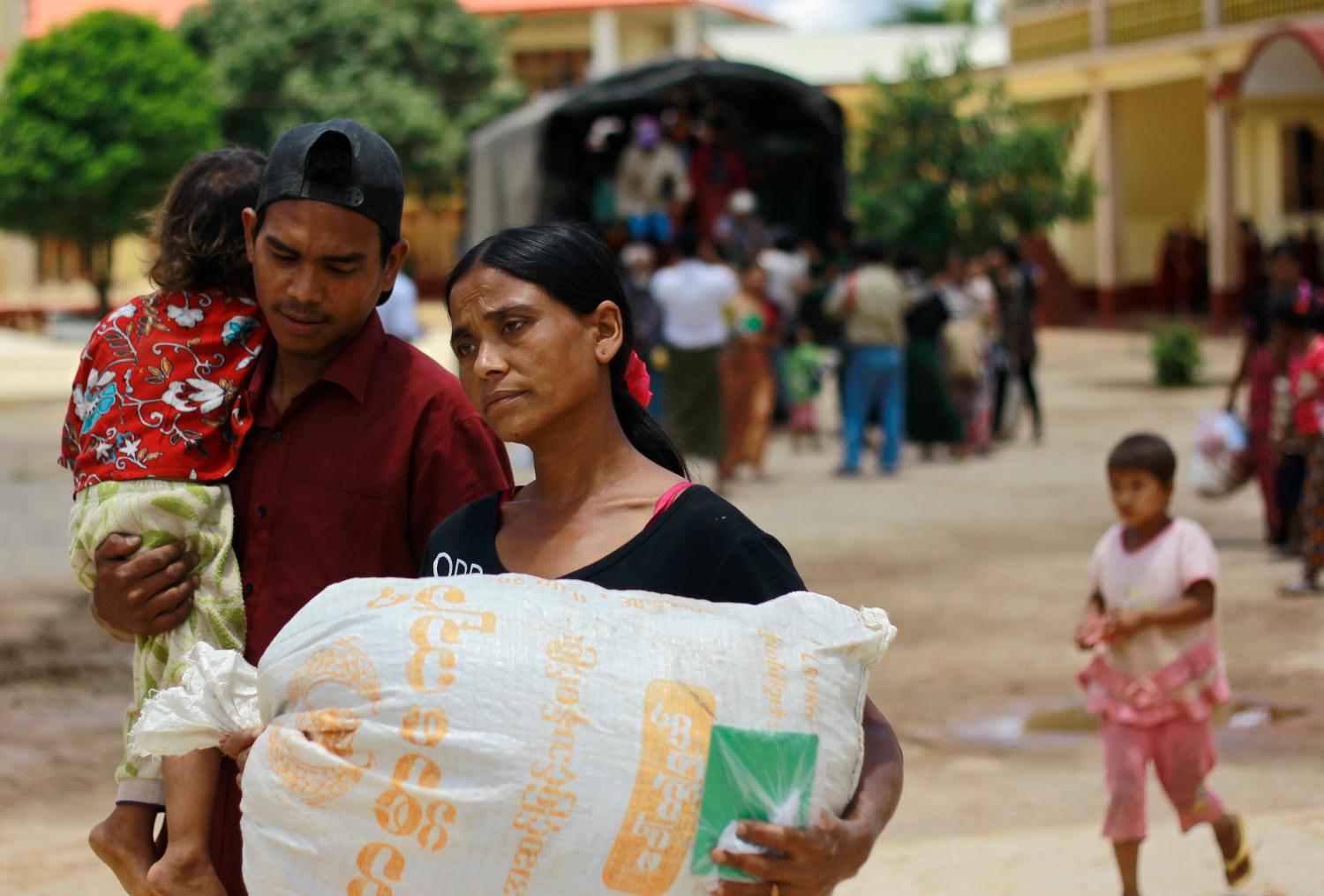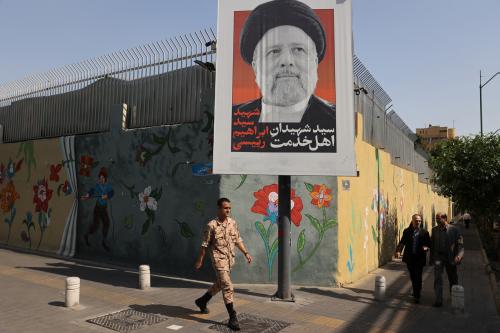Editor’s Note: The development of the Guiding Principles on Internal Displacement, the first international standards for the protection of internally displaced persons, holds many lessons for those seeking to develop new standards in emerging fields. This paper analyzes the successes and limitations of the process and the steps that need to be taken to gain broad international acceptance of new standards.
In the last decade of the twentieth century, the explosion of civil wars emanating from and following the Cold War brought into view millions of persons forcibly uprooted inside their countries by conflict, communal violence and human rights violations. Called internally displaced persons (IDPs), they suffered from extreme destitution and were vulnerable to all manner of human rights abuse. Yet, they received little or no protection from their governments, which often did not have the capacity or the willingness to provide for their wellbeing and security, or from the international community.
Because IDPs did not cross an internationally recognized state border, the 1951 Refugee Convention relating to the Status of Refugees did not apply to them, and the UN High Commissioner for Refugees (UNHCR) had no automatic mandate to assist them. To be sure, the International Committee of the Red Cross had long been involved in protecting civilians in armed conflict, but the magnitude of the IDP problem was beyond its scope, different phases of displacement beyond its mandate, and its access often limited. As UNICEF’s former Executive Director, James Grant, observed in 1993, “The world has established a minimum safety net for refugees. Whenever people are forced into exile…refugees can expect UNHCR to be on the scene in a matter of days or on the outside, a matter of weeks. This is not yet the case with respect to internally displaced populations” (Grant 1993).
By the 1990s, the number of persons internally displaced by conflict rose to 20 to 25 million, almost twice the number of refugees (Cohen and Deng 1998, 3, 32). As concern mounted over the gravity of the situation, international humanitarian organizations began to ask how to define IDPs, what rights they had and what responsibilities governments and the United Nations had toward them. The UN began to explore institutional capacities to protect and assist IDPs (see Cuénod 1991), while a 1992 Analytical Report of the Secretary-General found “no clear statement” of IDP rights in international law and recommended that the Commission on Human Rights develop “one comprehensive, universally applicable body of principles” from existing standards to assure effective human rights protection (UN 1992, paras 103–4). The report also called for the designation of a focal point on internal displacement within the UN human rights system (UN 1992, para. 110). As Abdulrahim Farah, the UN Under-Secretary-General for Special Political Questions, told the General Assembly, “Clearly, the problem has begun to rival that of political refugees, both in scope and severity” (Farah 1989).
The appointment in 1992 by the Secretary-General of a Representative on Internally Displaced Persons, at the Commission’s request (UN Commission on Human Rights Resolution 1992/73), reflected not only concerns about the growing number of IDPs and their desperate material and protection needs, but also the legal and institutional gaps that had become evident in the international system. Francis M. Deng, the first Representative of the Secretary-General (RSG), was therefore asked by the Commission to look into the applicability of human rights and humanitarian law, as well as analogous refugee law, to IDPs. Under his guidance, a team of lawyers developed a compilation of existing norms, which found significant gaps and grey areas in the law despite its broad coverage (UN Commission on Human Rights 1995, paras 413–6). They recommended a restatement of the law for the better protection of IDPs, and the Commission and General Assembly expressed support for the development of a normative framework (see for example UN Commission on Human Rights Resolution 1997/39, operative para. 6; UN General Assembly resolution A/ RES/52/130, 1998, operative para. 6).
In 1998, Deng introduced into the Commission the Guiding Principles on Internal Displacement (UN Commission on Human Rights 1998). Their purpose was to 1) define persons forcibly uprooted within their own countries; 2) identify the rights to which they were entitled; and 3) set forth the obligations of governments, international organizations and non-state actors to these populations. The 30 principles were based on international human rights law, international humanitarian law and refugee law by analogy and covered the broad range of IDP needs prior to displacement (or protection against arbitrary displacement), during displacement and during return or resettlement and reintegration.
Since the Guiding Principles were based on existing law, as opposed to new law, they were prepared, reviewed and finalized by experts outside the traditional intergovernmental process. Nor were they officially “adopted” by a governmental body (the Commission on Human Rights and the General Assembly only took note of them). Nonetheless, they quickly gained broad international acceptance and authority. The Secretary-General strongly promoted the Principles, and governments, international organizations, regional bodies, domestic and regional courts and nongovernmental organizations began to cite and apply them widely. In 2003, the Commission expressed “appreciation” of the Guiding Principles “as an important tool for dealing with situations of internal displacement” and welcomed the fact that “an increasing number of States, United Nations agencies and regional and non-governmental organizations are applying them as a standard” (UN Commission on Human Rights Resolution 2003/51, 23 April). General Assembly resolutions did likewise (UNGA Resolution A/RES/54/167, 1999, and A/RES/56/164, 2001). In 2005, 193 heads of state at the World Summit recognized the Principles in their Outcome document as an “important international framework for the protection of IDPs” (UNGA A/RES/60/1, 2005, para. 132).
The wide usage and success of the Principles have led human rights experts to study them as a model for developing new standards in other areas (see for example, UN 2005a, UN 2011). Generally, what has attracted expert attention is both the innovative non-governmental process by which they were developed, as well as the exercise of restating existing law so as to address grey areas and gaps and make the law more specific to the needs of a particular group.
The purpose of this chapter is to identify the lessons learned from the development of the Guiding Principles on Internal Displacement that may prove useful to those seeking to develop standards in new and emerging fields. In particular, this chapter is designed to assist the Institute for the Study of International Migration at Georgetown University in its consideration of possible standards on crisis migration. The limitations of developing guiding principles will also be discussed.




